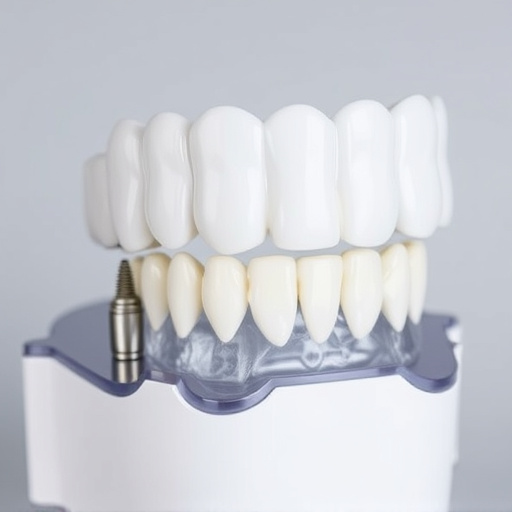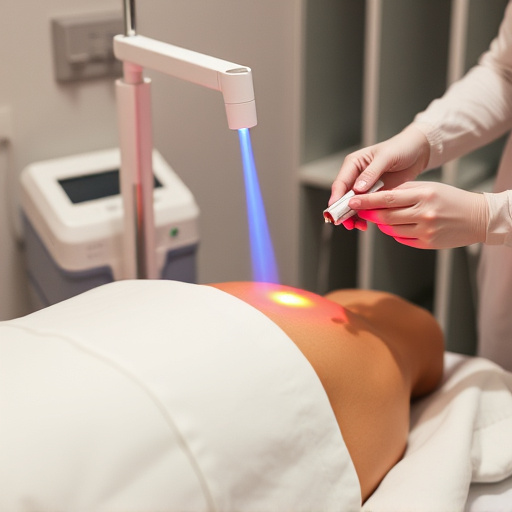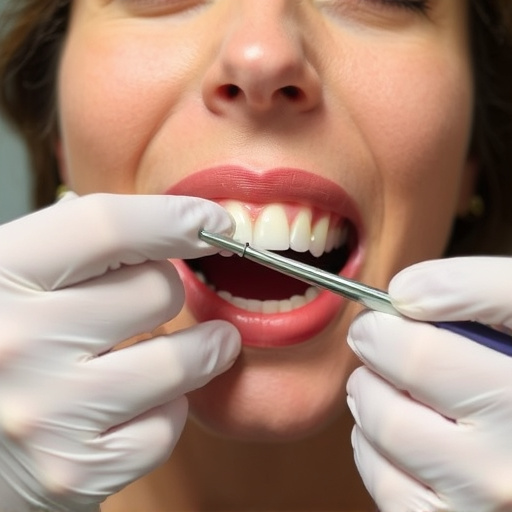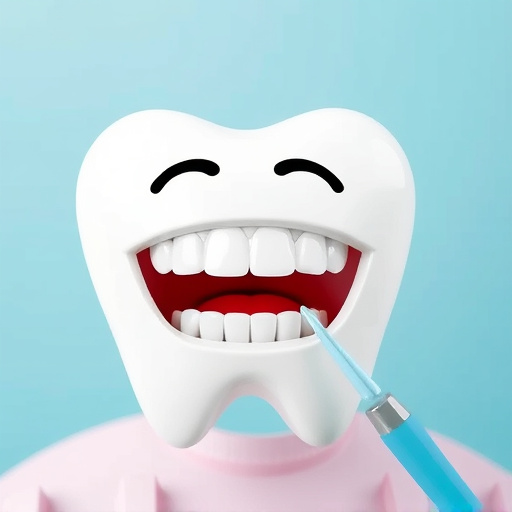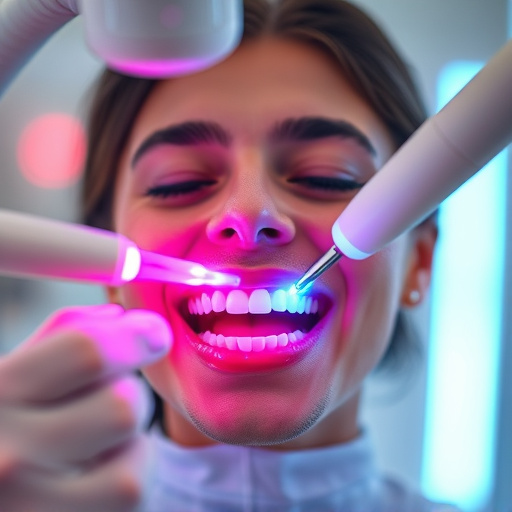A full mouth restoration offers a holistic approach to oral health, combining implants, crowns, and fillings for complex dental issues. The process begins with a detailed assessment leading to a personalized treatment plan. Timeline varies from several months for simple procedures to longer for complex treatments like implant-supported crowns. Aftercare is critical, involving rest, dietary modifications (soft foods), good hygiene, regular checkups, and adhering to dentist-provided recovery instructions.
Discovering the time commitment involved in a full mouth restoration is pivotal for setting realistic expectations. This comprehensive dental procedure aims to rejuvenate your oral health and aesthetics, addressing all teeth and gums. In this guide, we demystify the process, explore the factors influencing duration, and provide aftercare insights. Understanding the timeline allows informed decisions, ensuring a successful full mouth restoration journey. Learn how to navigate this transformative process, from initial consultations to complete healing.
- Understanding the Full Mouth Restoration Process
- Timeline and Factors Influencing Duration
- Aftercare and Recovery Considerations
Understanding the Full Mouth Restoration Process
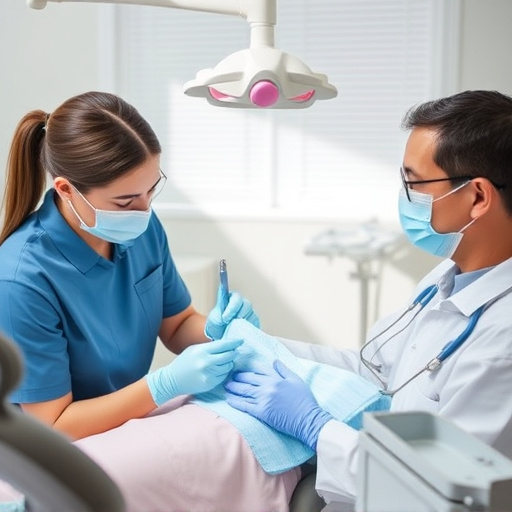
Understanding the Full Mouth Restoration Process
A full mouth restoration is a comprehensive dental procedure designed to restore and revive the health and aesthetics of your entire oral cavity. It involves a series of advanced restorative dentistry techniques, tailored to address multiple issues simultaneously. This may include replacing missing teeth with implants or bridges, reinforcing weakened teeth with dental crowns, and repairing damaged areas with cosmetic fillings. The process aims to not only fix structural problems but also enhance the appearance of your smile.
The journey towards a full mouth restoration begins with an extensive assessment by your dentist. They will thoroughly examine your teeth, gums, and jawbone, considering both functional needs and cosmetic desires. Based on this evaluation, a personalized treatment plan is crafted, integrating various restorative dentistry solutions to achieve optimal results. This collaborative approach ensures that every aspect of your oral health is considered, leading to a transformative end result.
Timeline and Factors Influencing Duration
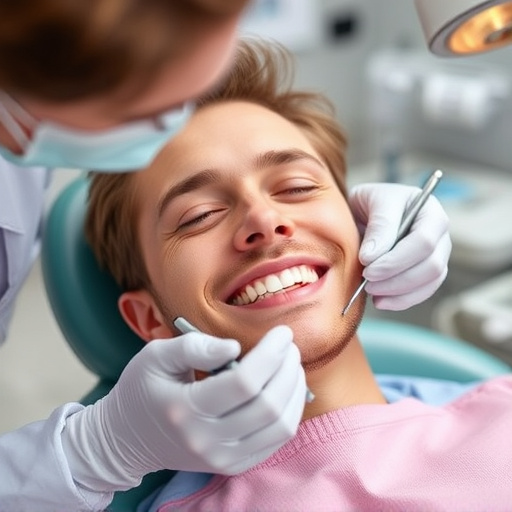
The timeline for a full mouth restoration can vary significantly depending on several factors. In general, it’s a complex process that requires careful planning and multiple stages. The initial consultation and assessment phase is crucial as it involves detailed examination of your oral health, taking X-rays, and discussing your treatment goals. This step lays the foundation for the entire procedure and may take anywhere from 1 to 2 hours.
The actual restoration process itself can span several months. Simple procedures like dental bonding or minor reconstructions might only require a few visits, typically lasting around 30 minutes to an hour each. More comprehensive treatments, such as implant-supported crowns or extensive tooth reconstruction, can take much longer. These complex cases often involve multiple appointments for different stages of treatment, including surgeries, grafting (if needed), and fitting final restoration components. Each step needs time to heal and integrate, adding to the overall duration. Other influencing factors include your oral health history, the severity of damage or decay, and any additional treatments like emergency dental care or regular dental cleanings that may be required before and during the restoration process.
Aftercare and Recovery Considerations

After a full mouth restoration, proper aftercare is crucial for a successful recovery. Patients should be prepared to take it easy for the first few days, avoiding strenuous activities and adhering to any specific dietary recommendations from their dentist. Soft foods and cool or lukewarm beverages are often advised during this period. Additionally, good oral hygiene becomes even more critical; gentle brushing and rinsing with salt water can help keep the area clean and reduce inflammation.
It’s essential to attend routine oral exams after the procedure to monitor healing and ensure everything is on track. Your family dentistry care team will guide you through this process, addressing any concerns or discomfort along the way. They may also recommend specific measures like avoiding certain foods or using prescription medications to aid in recovery, especially if dental crowns were placed as part of the full mouth restoration.
A full mouth restoration, while a significant oral procedure, can be completed in a timeframe that varies based on individual needs and the complexity of the case. Understanding the process, from consultation to aftercare, is key to managing expectations. The average timeline for a full mouth restoration can range from several months to a year, depending on factors like tooth extractions, bone grafting, and the fabrication of custom dental devices. By following proper aftercare instructions and attending regular check-ups, patients can ensure optimal healing and long-lasting results. This comprehensive approach allows for a transformed oral health landscape, restoring both form and function.




